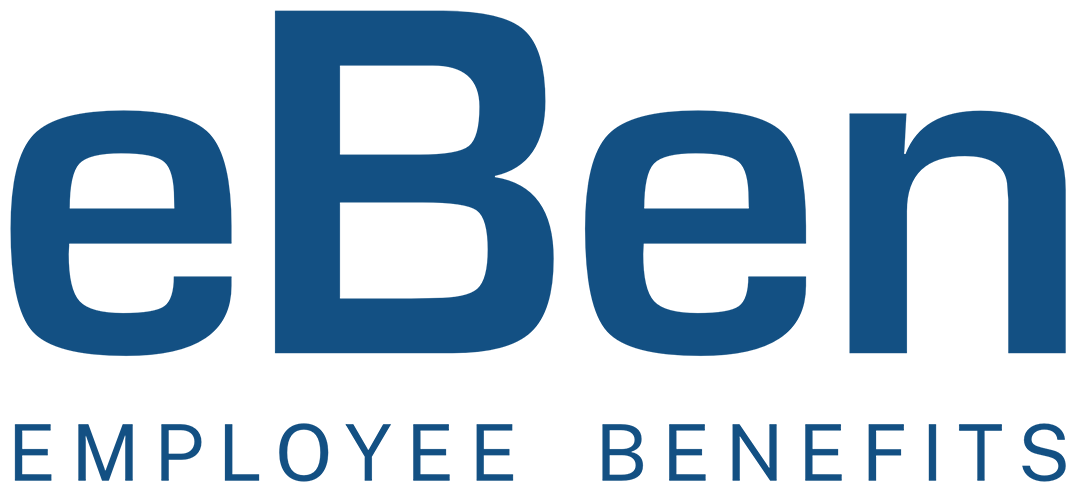January 31, 2025, deadline to file (and furnish to employees) 2024 Forms W-2s, Wage and Tax Statements, is quickly approaching.
This reporting is for informational purposes only and is intended to provide employees with helpful and comparable information regarding the cost of their healthcare coverage. Moreover, the amount reported does not impact tax liability since the value of the employer contribution (and employee’s pre-tax contributions) to health coverage continues to be excludable from an employee’s gross income under Internal Revenue Code Section 106.
This reporting requirement is optional for those employers who are required to file fewer than 250 Forms W-2 for the preceding calendar year.
This reporting is for informational purposes only and is intended to provide employees with helpful and comparable information regarding the cost of their healthcare coverage. Moreover, the amount reported does not impact tax liability since the value of the employer contribution to health coverage continues to be excludable from an employee’s gross income under Internal Revenue Code Section 106.
What is Included:
12DD Coverage to Report
Generally, the amount reported should include both the portion paid by the employer and the portion paid by the employee. See the table below for details on which coverage to report (or not report) on Form W-2, Box 12 using code DD:
| Coverage Type | Reporting Required | Do Not Report | Optional |
|---|---|---|---|
| Major medical |
|
||
| Dental or vision plan not integrated into another medical or health plan |
|
Pre-tax salary reductions to a Health Flexible Spending Arrangement (FSA) |
|
| Health FSA value for the plan year in excess of employee’s cafeteria plan salary reductions for all qualified benefits (including optional employer flex credits) |
|
||
| Health Reimbursement Arrangement (HRA) contributions |
|
||
| Health Savings Arrangement (HSA) contributions (employer or employee) |
|
||
| Hospital indemnity or specified illness, paid through pre-tax salary reduction, or by employer |
|
||
| Employee Assistance Plan (EAP) providing applicable employer sponsored healthcare coverage. (If employer charges a COBRA premium) |
|
|
|
| On-site medical clinics providing applicable employer-sponsored healthcare coverage (If employer charges a COBRA premium) |
|
|
|
| Wellness programs providing applicable employer-sponsored healthcare coverage (If employer charges a COBRA premium) |
|
|
|
| Accident or disability income |
|
||
| Long-term care |
|
||
| Self-funded plans not subject to federal COBRA (e.g., some church plans) |
|
||
| Employers contributing to multiemployer plans |
|
||
| Domestic partner coverage included in gross income |
|
||
| Payment/reimbursement of health insurance premiums for 2% shareholder-employee, included in gross income |
|
||
| Forms W-2 furnished to employees who terminate before the end of a calendar year and request, in writing, a Form W-2 before the end of that year |
|
Click here for additional information from the IRS on other types of coverage to determine whether or not to report.
Calculating the Cost of Coverage
Calculating the cost of coverage for each employee varies based on how the plan is funded.
Relevant Period
The reportable cost under a plan must be determined on a calendar year basis (even if the 12-month determination period is not the calendar year). If the coverage cost increases or decreases during the calendar year due to a mid-year renewal or change in coverage, the reportable cost must reflect the increase or decrease for the applicable periods.
Employer must account for any changes in employee’s coverage during the year. If an employee changes coverage during the year, the reportable cost under the plan for the employee for the year must reflect the change in the cost of coverage for each period, and the employer should report the costs for the coverage elected by the employee for the periods for which such coverage is elected.
Employer offers a group health plan which renews July 1st.
| July 1, 2023 – June 30, 2024 | July 1, 2024 – June 30,2025 | |
|---|---|---|
| Employee Only | $500 | $600 |
| Employee + Spouse | $950 | $1,000 |
David is an employee and has employee only coverage for plan year
July 1, 2023 – June 30, 2024
David has employee + spouse coverage for plan year July 1, 2024 – June 30, 2025
Reportable Cost for David’s W-2 for 2024: (($500 x 6) + ($1,000 x 6)) = $9,000
*See IRS Notice 2012-9, Q/A-30 (Example 3).
For a coverage period that includes December 31 but continues into the subsequent year:
- Treat the coverage as provided during the calendar year that includes December 31;
- Treat the coverage as provided during the subsequent calendar year; or
- Allocate coverage costs between each of the two calendar years using a reasonable allocation method that is applied to all employees on a consistent basis. The allocation method should relate to the number of days in the period of coverage that fall within each of the two calendar years.
Employees Who Terminate Midyear
For employees who terminate employment during a calendar year and continue coverage after the termination of employment (such as federal COBRA), an employer may apply any reasonable method of reporting the cost of coverage for that year, if that method is used consistently for all employees.
David was enrolled as employee only under his employer’s health plan from January 1st to April 30th. Monthly cost for David’s medical coverage $350.
David left the company on April 30th and elected continuation coverage from
May 1st to October 31st. Monthly cost for David’s continuation coverage $350.
The employer will have applied a reasonable method of reporting David’s cost of coverage if using
either of the two methods detailed below consistently for all employees who terminate coverage
during the year:
Option 1: Employer reports $1,400 as the reportable cost under the plan for the year, covering the four months during which David was an eligible employee.
Option 2: Employer reports $3,500 as the reportable cost under the plan for the year, covering both the monthly periods during with David was an employee, and the monthly periods during which David had continuation coverage under the plan.
Penalties
Violations of the W-2 healthcare reporting requirement are subject to existing rules and penalties on filing Forms W-2, which can be found on the IRS Form W-2 Instructions webpage here.
Electronic Filing Requirement
On a related note, employers that file 10 or more tax information forms of any type to the IRS in a calendar year are required to file electronically. This change includes adding together all Forms W-2, Forms 1094-B/1095-B, Forms 1094-C/1095-C, and Forms 1099, amongst other tax forms, and impacts nearly all employers, who are required to file electronically.
Click here for an article detailing the electronic filing requirement for all tax information forms, if the number filed is at least 10
Employer Action
As the January 31, 2025, deadline to file (and furnish to employees) Forms W-2 approaches, employers that file 250 or more Forms W-2 are advised to ensure they are following the W-2 reporting requirement. Employers should begin acting by identifying the applicable employer-sponsored health coverage provided to each employee and calculating the aggregate cost of that coverage to report on their employees’ Form W-2.
Contact your eBen account team with any questions or contact us directly here.
[1] This reporting requirement for large employers (filing 250 or more Forms W-2) has been in effect since January 2013, beginning with the 2012 Forms W-2.


